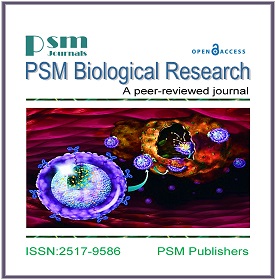Prevalence of Intestinal Parasitic Infections among Asymptomatic Primary Schoolchildren at Al-Sabeen District in Sana’a City, Yemen
Keywords:
Asymptomatic, Intestinal Parasite, Prevalence, Primary, Schoolchildren, Sana’a, Yemen.Abstract
Intestinal parasitic infections are the most regularly documented in Yemen and are a significant health problem among schoolchildren, with an occurrence ranging from 18% to 90%. Therefore, the present study aimed to determine the prevalence of intestinal parasitic infections among asymptomatic primary schoolchildren at Al-Sabeen district in Sana’a city, Yemen. A total of one hundred and seventy-three (173) stool specimens were collected from January to March 2021 from primary school children according to standard laboratory methods. The simple sedimentation technique was used for specimen processing and the specimen was examined under a light microscope. The required information was collected by a structured questionnaire. The results showed that the overall intestinal parasitic infection was among 107 (61.85%) schoolchildren, 56 (63.63%) in public schools, and 51 (60%) in private schools. Also, male children were more infected by intestinal parasitic infection compared to females. The infection rate by intestinal protozoa and helminths was 79.72% and 20.28%, respectively. The most predominant parasite found among public schools was Entamoeba histolytica ((49.32%), followed by Giardia lamblia (30.14%), Hymenolepis nana (9.59%), Taenia species (6.84%), and Ascaris lumbricoides (4.11%). Whereas in private schools, G. lamblia was recorded at 48.57% followed by E. histolytica (31.43%), H. nana (7.14%), A. lumbricoides (7.14%), Taenia species (6.84%), and Enterobius vermicularis (2.86%). The high multiple infection rate was 23.53%, as recorded by two types of intestinal parasites. From this study, it can be recommended that regular treatment of intestinal parasitic infections and deworming of schoolchildren, as well as health education programs, will provide parents with information on how to avoid parasitic infections among children, promote personal hygiene, adequate water supply, and sufficient sanitary practices.
Downloads
Published
How to Cite
Issue
Section
License
Copyright (c) 2022 PSM

This work is licensed under a Creative Commons Attribution-NonCommercial-NoDerivatives 4.0 International License.







